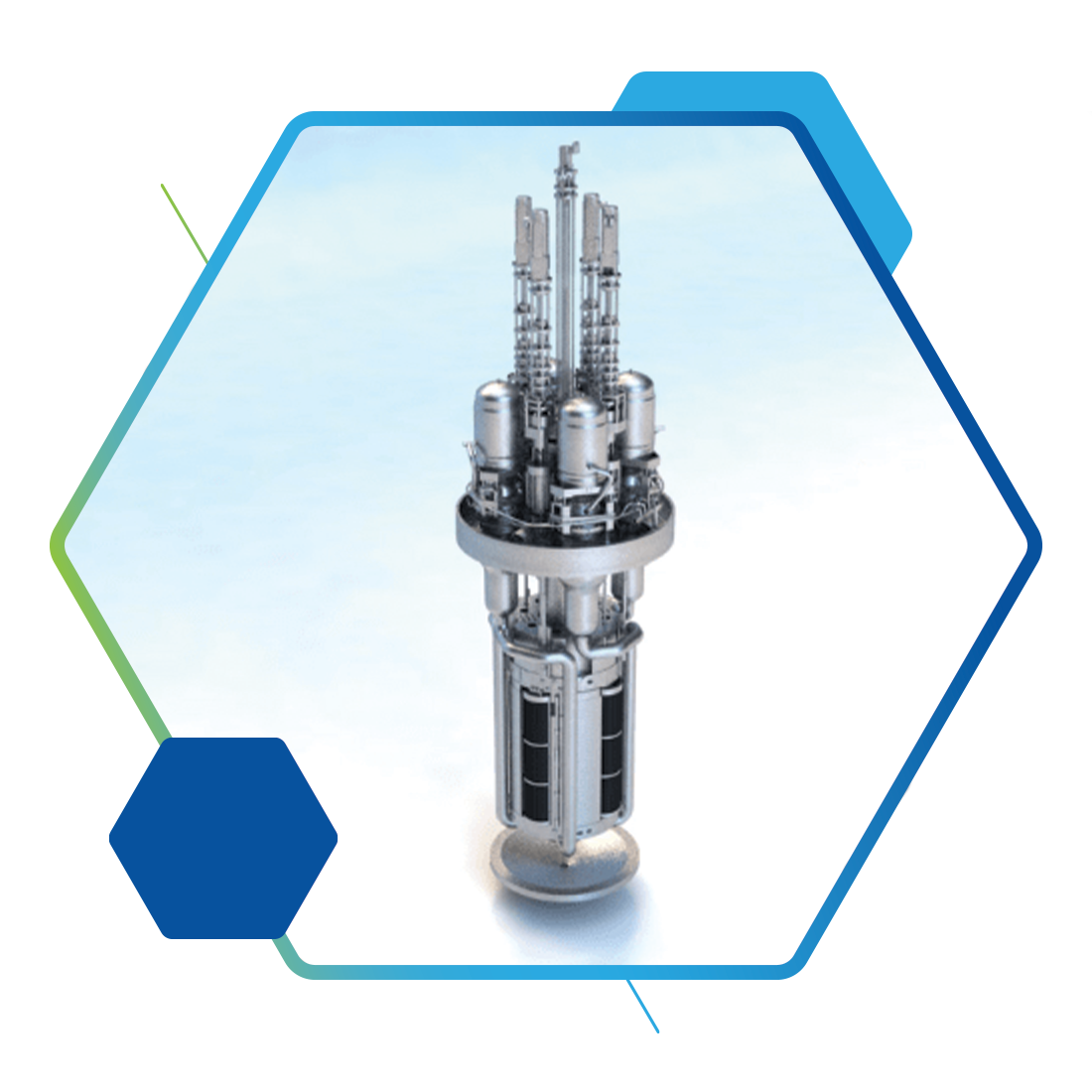As 2023 comes to an end, we want to showcase many groundbreaking accomplishments carried out by our talented workforce at Idaho National Laboratory.
INL is one of 17 national labs in the U.S. Department of Energy (DOE) complex, and home to more than 6,100 researchers and support staff focused on innovations in nuclear research, integrated energy systems and security solutions that enable net-zero carbon emissions and change the world.
MARVEL microreactor achieves 90% design validation
DOE announced it had reached the final design step for the Microreactor Applications Research Validation and Evaluation Project, or MARVEL, the first new reactor being built at INL in more than 40 years. With this acceptance, MARVEL achieved 90% final design validation, which means the project can move forward with fabrication and construction. INL plans for the 85-kilowatt sodium-potassium-cooled microreactor to be located inside the Transient Reactor Test Facility building.
The world’s most complete biomass preprocessing R&D facility gets an upgrade
The Biomass Feedstock National User Facility (BFNUF) at INL underwent a $15 million upgrade to make it the world’s most complete biomass preprocessing research and development facility. The United States has the potential to convert everything from garbage to native grasses into feedstock material to produce energy and advanced manufacturing materials. Preprocessing is the key, and the recent upgrades dramatically expand BFNUF’s research capabilities.
INL launches Cyber-Informed Engineering Resource Library
CIE is the result of constant evaluation of how engineers and technical staff could reduce cyber risk by capitalizing on opportunities within the early design lifecycle of engineered systems. The library supports critical infrastructure designers, vendors, manufacturers, and asset owners / operators aiming to add engineering-driven cyber defenses. It summarizes over a decade of DOE CIE research and will continue to add relevant DOE publications and case studies.
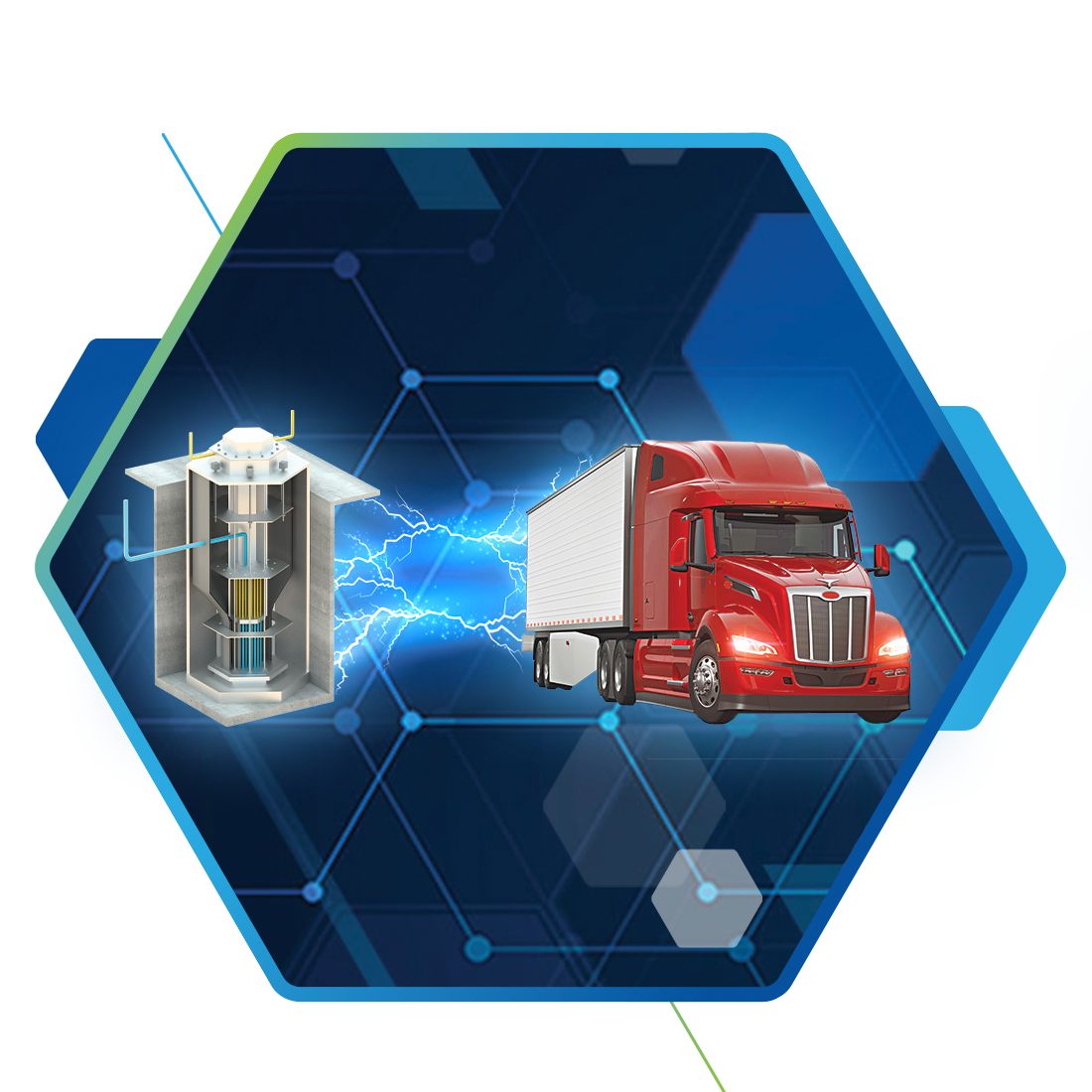
Study considers SMRs as energy source for EV charging
Nuclear energy from small modular reactors or microreactors could provide electricity or hydrogen for recharging electric semi-trucks, according to a University of Michigan study funded by Emerging Energy Markets Analysis, an INL-based initiative. Most EV studies assume electricity will always come from the electric grid. This was the first study to consider SMRs and other distributed energy resources as an energy source.
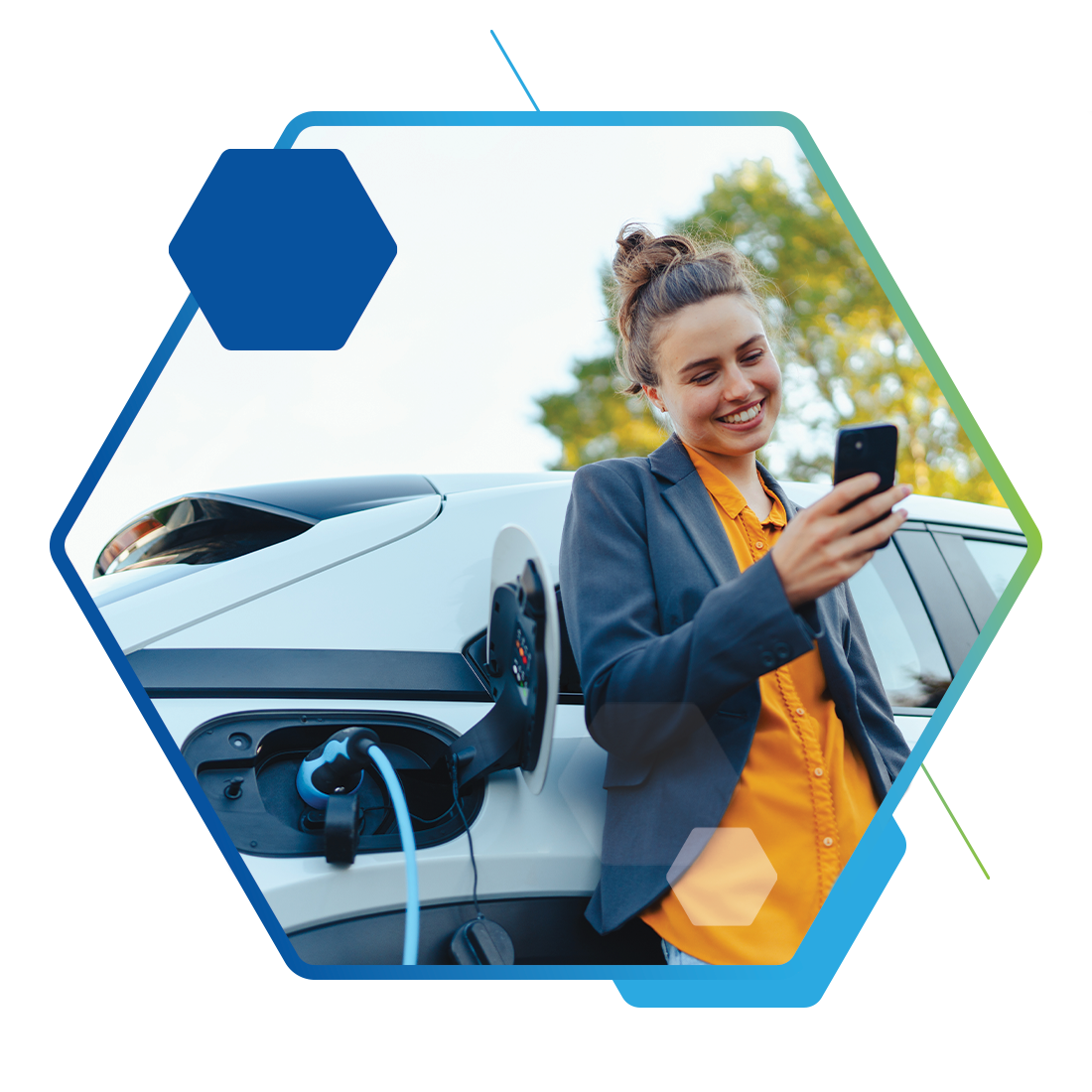
National labs, industry participate in ChargeX Consortium
The ChargeX Consortium is a collaborative effort between Idaho National Laboratory, Argonne National Laboratory, National Renewable Energy Laboratory, electric vehicle charging industry experts, consumer advocates, and other stakeholders. Its mission is to measure and significantly improve public charging reliability and usability by June 2025. Its work involves identifying problems that prevent EV users from successfully charging on public chargers, develop solutions, and design new diagnostics and testing tools.
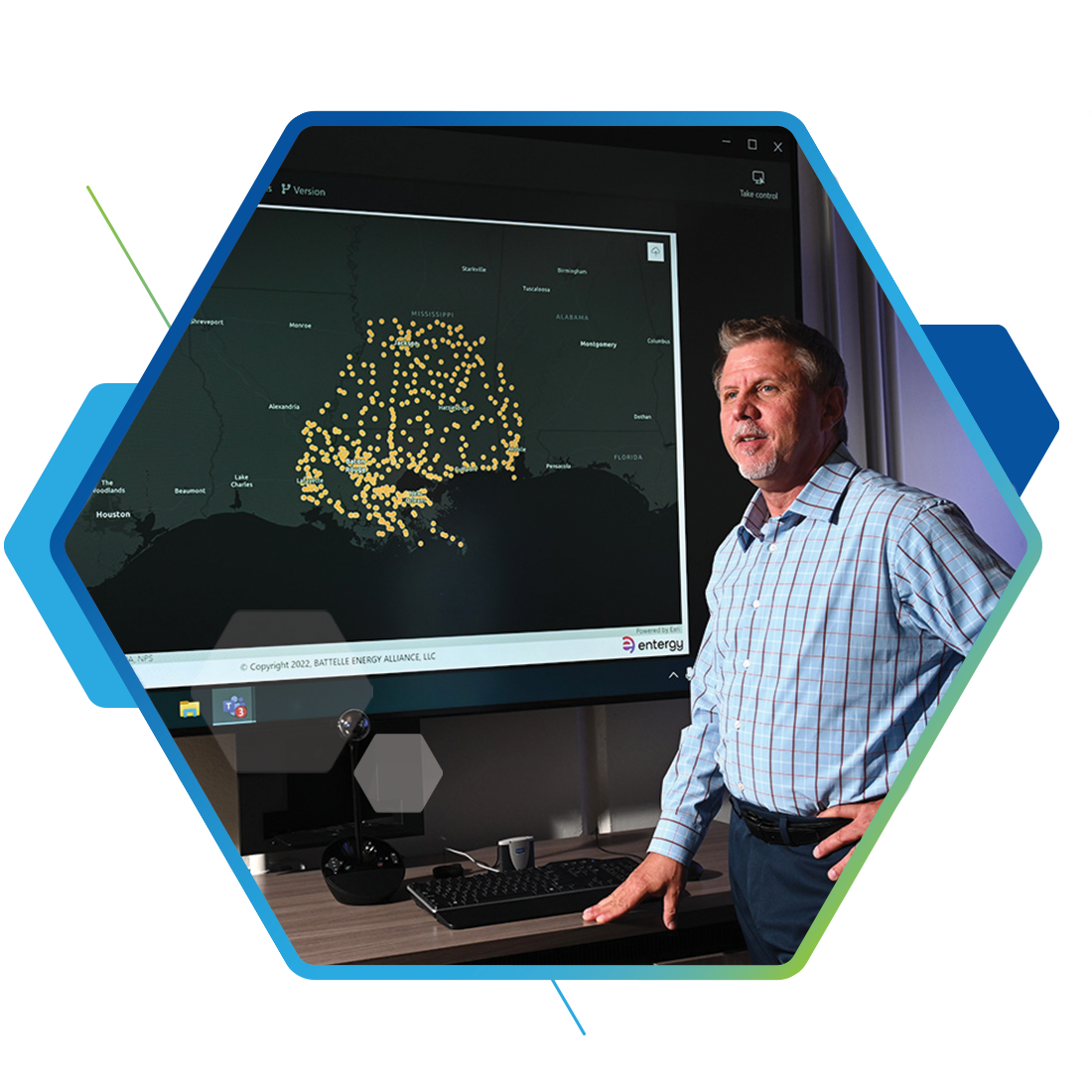
Storm-DEPART offers help to natural disaster victims
Each year, hurricanes and tropical storms damage critical infrastructure and disrupt services, affecting millions. To rapidly and accurately predict recovery estimations for critical infrastructure, Idaho National Laboratory and Entergy developed the Storm Damage Estimate Prediction and Recovery Tool (Storm-DEPART). Storm-DEPART combines critical infrastructure inventory data with weather forecasts to predict weather-related damages to a utility’s assets. It can estimate time, materials and resources needed for restoring normal operations.
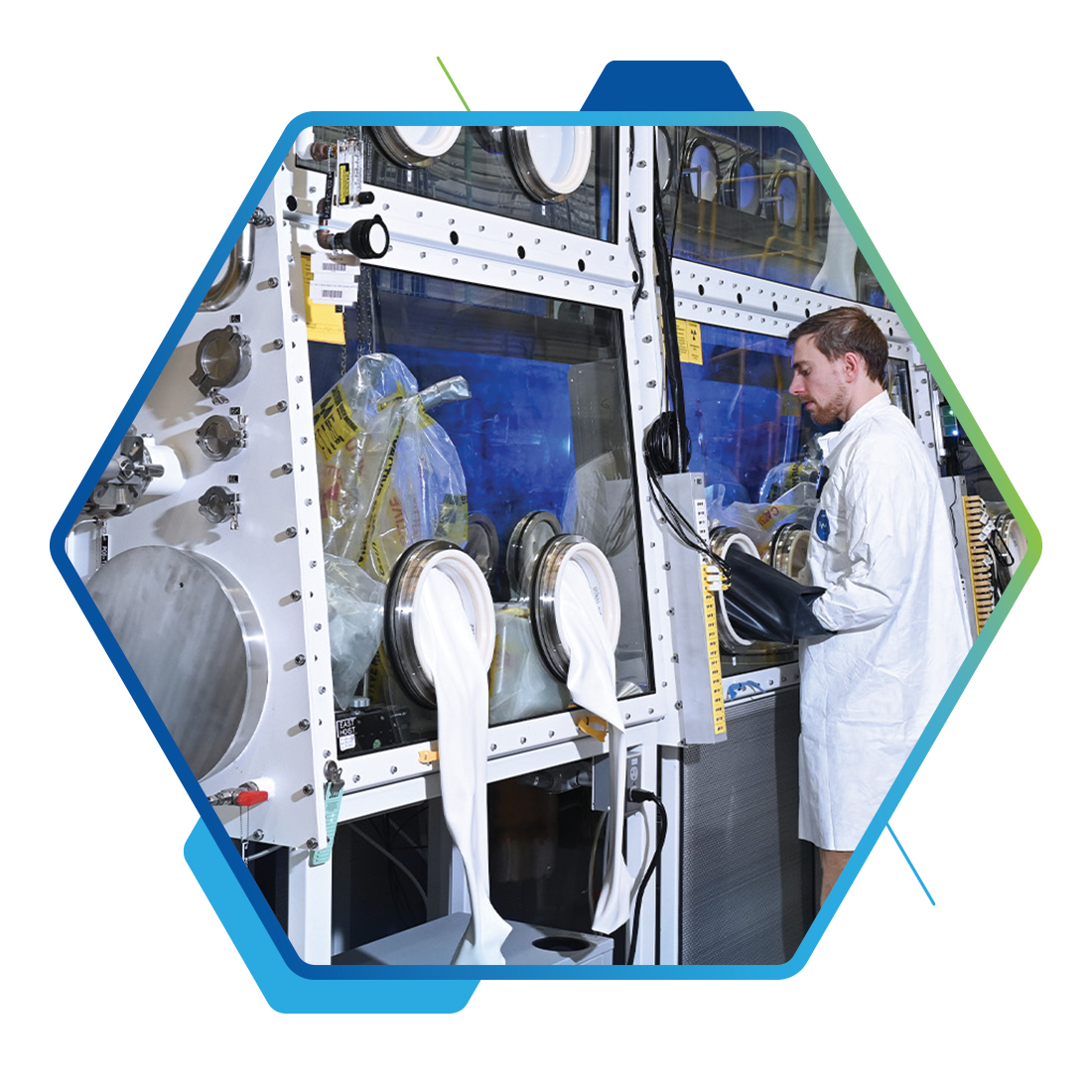
First-of-a-kind molten chloride salt experiment
For the first time ever, researchers at Idaho National Laboratory synthesized and irradiated a molten chloride salt fueled with enriched uranium. The Molten Salt Research Temperature-Controlled Irradiation experiment was the first enriched uranium-fueled molten salt experiment since the Molten Salt Reactor Experiment at Oak Ridge National Laboratory in the 1960s. The experiment advances understanding of how fueled molten chloride salt coolants will perform in advanced reactor cores.
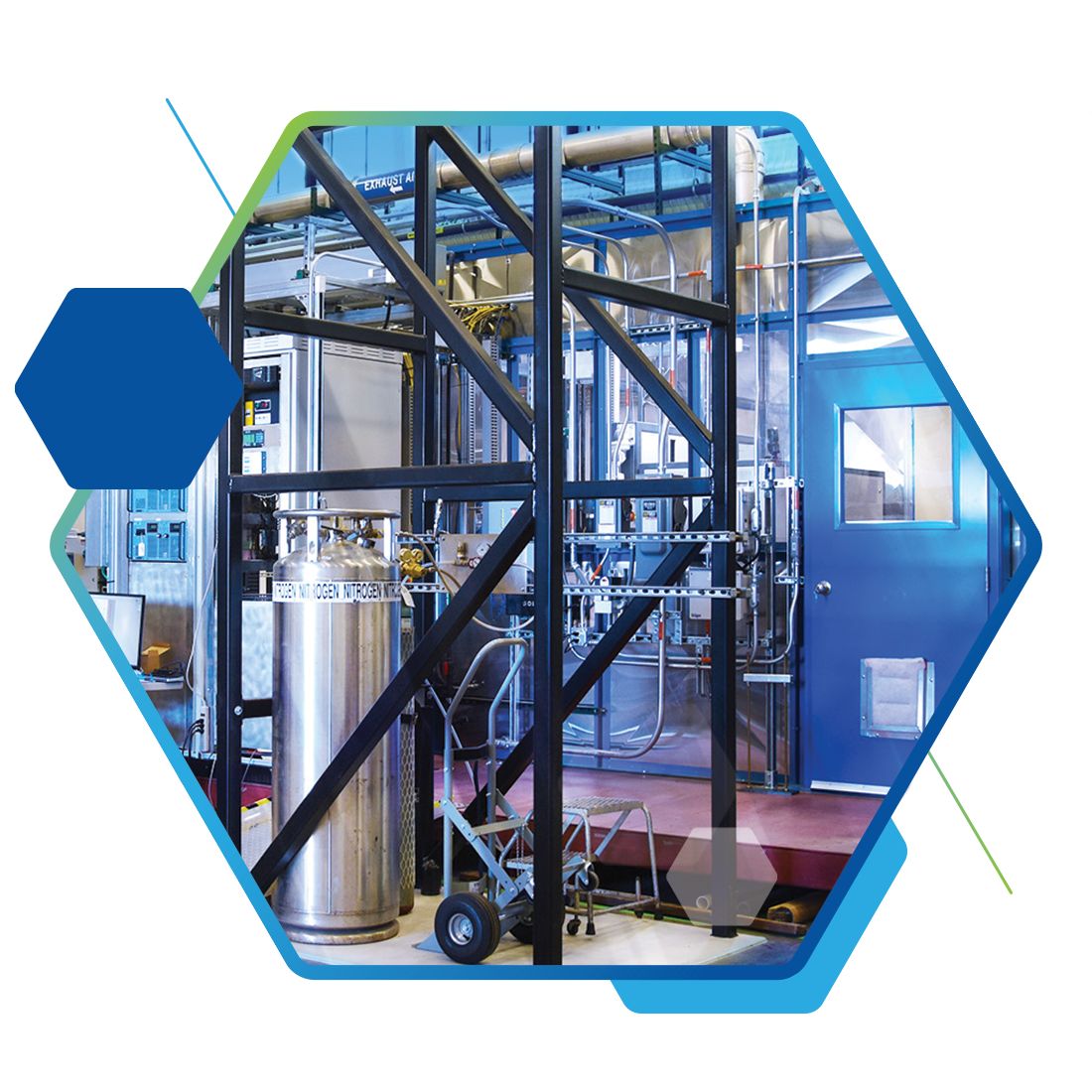
Industrial-scale hydrogen production technologies offered
Hydrogen is used in industry and can also be used in fuel cells, but the traditional way of making it, steam methane reforming, produces greenhouse gases. INL researchers have developed a high-temperature electrolysis process that uses carbon-free electricity from a nuclear reactor or renewable sources to split steam into hydrogen and oxygen. INL’s hydrogen laboratory works with multiple companies as they develop steam electrolysis technologies.
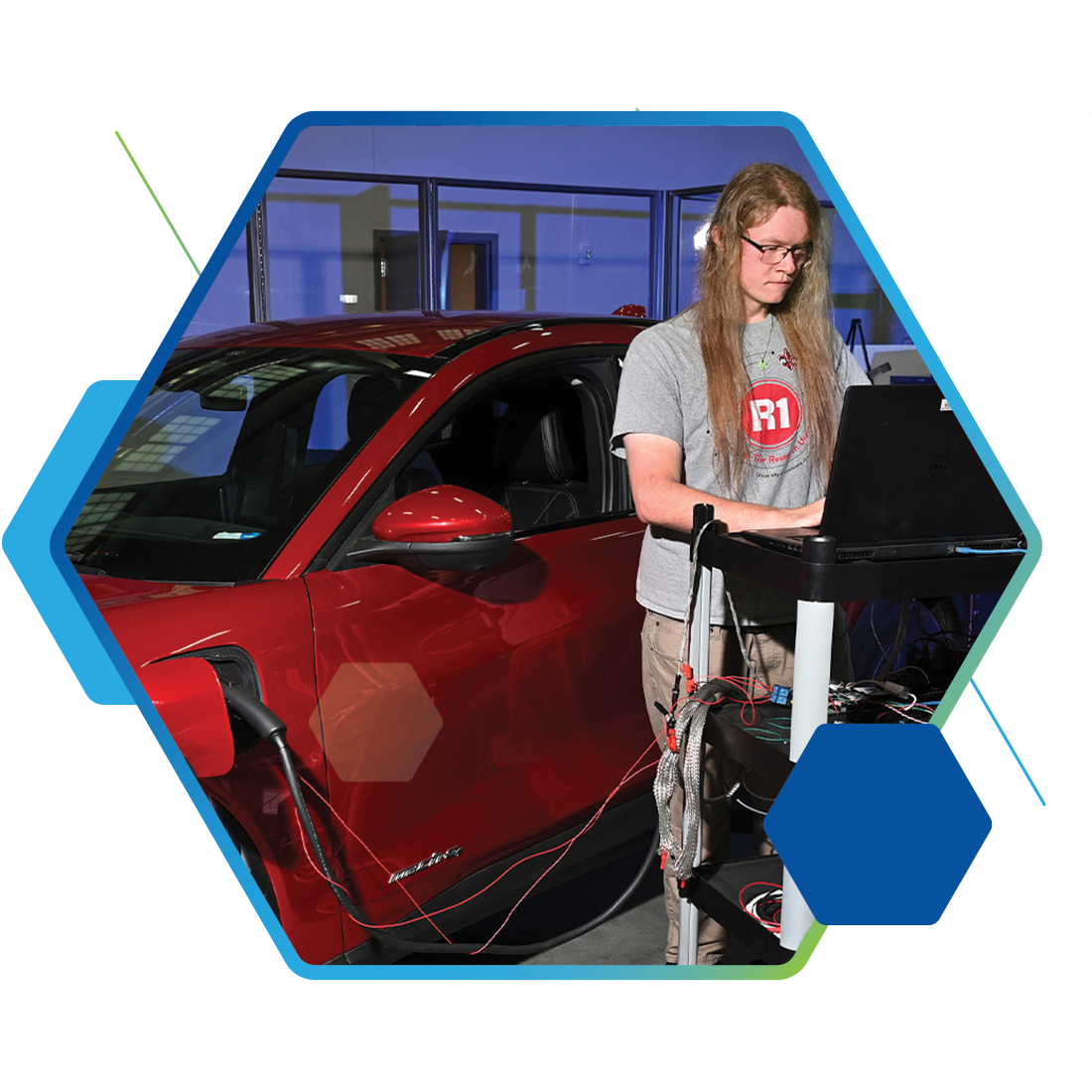
New cybersecurity tool detects EV charging station vulnerabilities
As electric vehicle sales have climbed in the United States, so have fears that both EVs and charging stations might be vulnerable to cyberattack. An INL-developed tool, AcCCS, (pronounced “access”) uses hardware and software to mimic what happens during the fast-charging process. By plugging into either an EV or charging station, it can detect and alert researchers to vulnerabilities and help them develop best practice recommendations for the automotive industry.
Three microreactor projects selected for DOME project at former EBR-II site
The iconic Experimental Breeder Reactor-II (EBR-II) containment structure is being repurposed as the Demonstration of Microreactor Experiments (DOME) facility, a new test bed for microreactors. DOE has chosen three microreactor developers — Westinghouse, Radiant Nuclear and Ultra Safe Nuclear Corporation — to design the first experiments at DOME and expects the facility to be ready for testing in 2026.
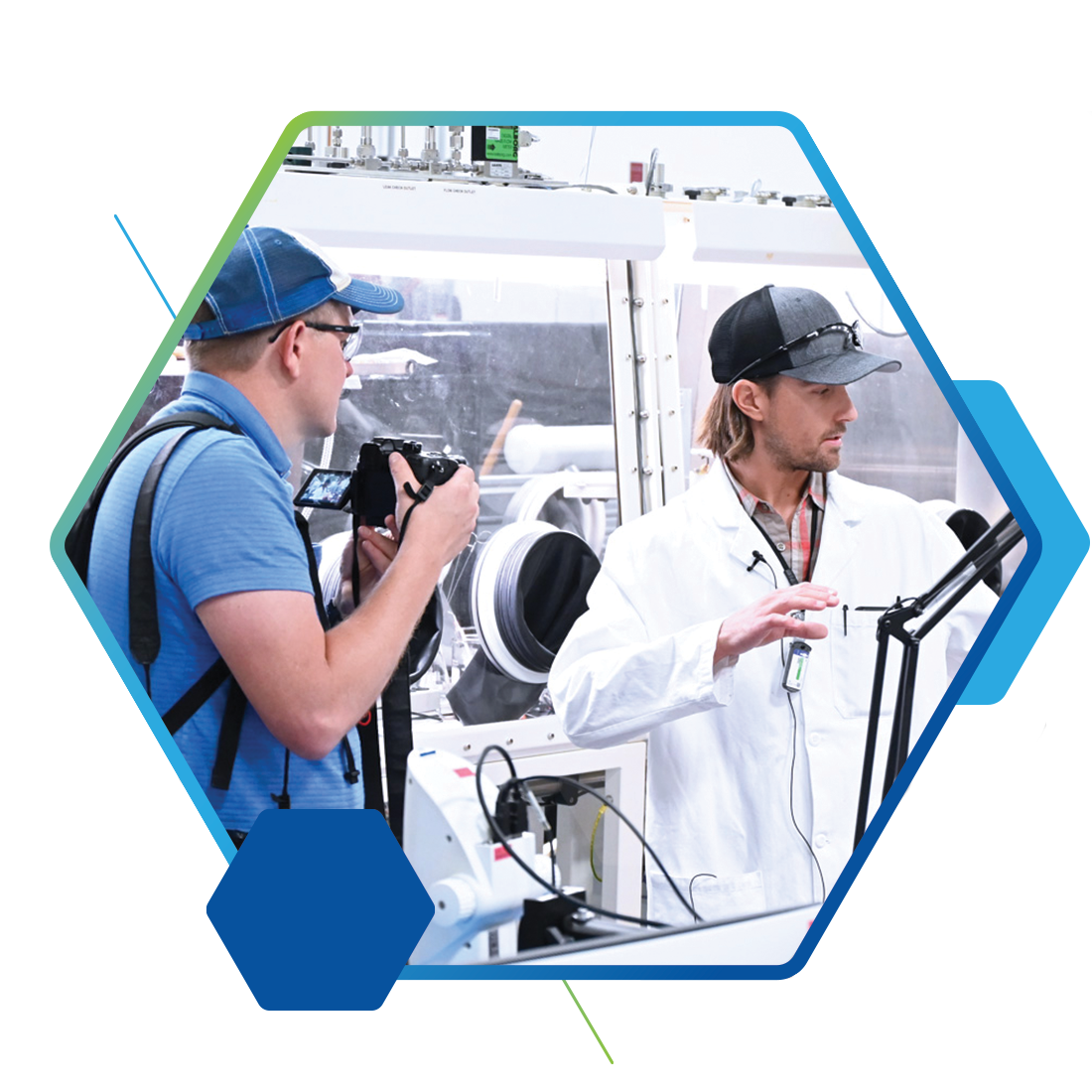
Record number of guests, VIPs tour INL
2023 was Idaho National Laboratory’s busiest year ever for tours and visits. The laboratory hosted visitors from around the world, showcasing a broadening recognition of INL’s impact on issues of national significance.
Visitors included:
-
-
-
- Secretary of Energy Jennifer Granholm.
- Deputy Secretary of Energy David Turk.
- Distinguished speakers Isabelle Boemeke and Charles Oppenheimer.
- Assistant Secretary for Nuclear Energy Katy Huff.
- Undersecretary for Science and Innovation Geri Richmond.
- CISA Director Jen Easterly.
- NNSA Administrator Jill Hruby.
- Staffers from all four Idaho legislators.
- Assistant Secretary Gene Rodrigues.
- Guests from Kenya, Ghana, Australia, Korea, Romania, Hungary, Kazakhstan, Armenia, Italy, United Kingdom, Germany and more.
-
-


